
DURHAM, New Hampshire, March 28, 2006 (ENS) - Around the world, seagrass beds are in decline, says a scientist who has been studying the shallow water ecosystems for decades. As these underwater meadows disappear, so do commercially valuable shellfish and fish, waterfowl and other wildlife, water quality, and erosion prevention.
Frederick Short, research professor of natural resources and marine science at the University of New Hampshire, compares seagrass beds to forests on the ocean floor.
From the Hudson Bay, where the Cree Nation enlisted him to transplant their diminishing eelgrass beds, to the Pacific Island of Palau, Short has found the same thing.
"Almost everywhere we start monitoring seagrass, it’s declining," he says. While conclusive global results are not yet available, Short believes human impact is responsible for the decline.
Short, who founded the global monitoring program SeagrassNet in 2001, has been studying eelgrass, a type of seagrass found in the Northern Atlantic, for more than 20 years.
While he still conducts research at the University of New Hampshire’s Jackson Estuarine Laboratory on the Great Bay Estuary in Durham, he also collaborates with teams of researchers to monitor seagrass health at 45 sites in 17 countries worldwide.
Among the most productive plant communities on the planet, seagrass beds serve as protective nurseries for juvenile fish and shellfish, a habitat for many marine species, and a feeding ground for predatory fish, waterfowl and large sea creatures like manatees and sea turtles.
The root and rhizome system of these flowering plants stabilizes sediments, protecting the coastline from currents and weather-related erosion. Seagrass is an effective filter of nutrients and particulates, and it is the basis of a detrital food chain that feeds fish and shellfish.
At a state park in Malaysia, SeagrassNet has charted a decline since 2001 at both a "pristine" site and a less protected site.
Satellite imaging showed researchers that the impact was not due to a global force like climate change, but rather to on-shore logging that had increased the level of water-borne sediments at both sites, decreasing light reaching the bottom, where seagrasses grow.
Short and his SeagrassNet colleagues have not ruled out global climate change as a factor in the decline of seagrass beds. But the reasons for seagrass declines appear to be more localized. "Human pollution of the water has been the biggest issue," he says.
In remote areas of the Hudson and James Bays in sub-Arctic Canada, where members of the Cree Nation noticed their seagrass beds diminishing, Short observed that the beds were in the plume of fresh water released from a nearby Hydro-Quebec power plant. The fresh water influx decreased the salinity so much that the seagrass could no longer survive.
When seagrass beds disappear, Short says, the impact is major. A disease outbreak in the 1930s wiped out 90 percent of eelgrass in the North Atlantic. The scallop fishery in the mid-Atlantic disappeared, says Short, and "it’s never really come back."
In Thailand, where SeagrassNet researchers have begun investigating the impact of the December 2004 tsunami on seagrass, the beds provide local fishers with significant shellfish. "If the seagrass beds disappear, so do the people’s protein sources," says Short.
His work in Thailand highlights the reason for the worldwide monitoring program. Prior to SeagrassNet, little was known about seagrass in many locations around the world. With no baseline, assessing the impact of a disturbance like the tsunami is difficult.
Short is adding new sites to SeagrassNet around the world and, in New England, researching effective ways of restoring eelgrass to areas where water quality has improved.
A site selection model he has developed helps researchers determine areas that are optimal for restoring diminished eelgrass beds with sod-like patches.
As SeagrassNet researchers input their data into an online database, Short is now working on data analysis from the first five years of SeagrassNet monitoring.
At the same time, he will continue to add new sites to the global monitoring network. "It’s growing just as fast as I can grow it," he says.
For more information visit:
http://www.seagrassnet.orgTHIS IS of particular importance to me because I have been working with seagrasses for the last 3 years. I am also going back to school and will be working with eelgrass in Long Island. This is a very important species in so much as many, many commercially and recreationally important fin and shellfish species rely on seagrasses as a refuge or for food during some part of their life cycle. We need to protect these vital ecosystems...


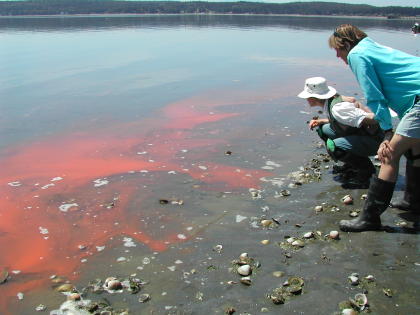










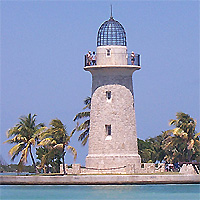


















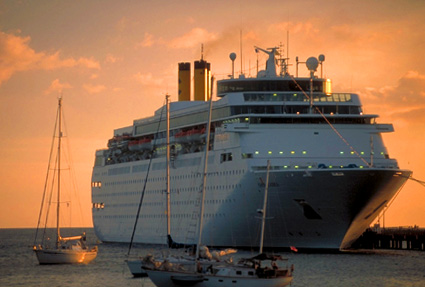
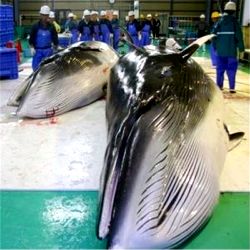
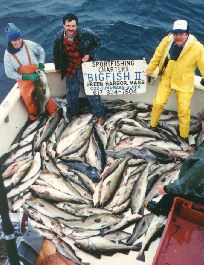
 NEW BEDFORD — Determined to ease proposed federal fishing regulations that would go into effect May 1, state and local government officials and fishing representatives are headed to Washington, D.C., today to meet with the top administrator of the National Oceanic and Atmospheric Administration.
NEW BEDFORD — Determined to ease proposed federal fishing regulations that would go into effect May 1, state and local government officials and fishing representatives are headed to Washington, D.C., today to meet with the top administrator of the National Oceanic and Atmospheric Administration.





